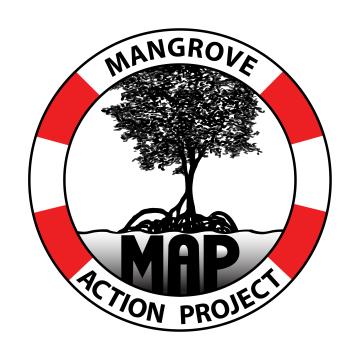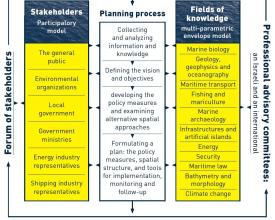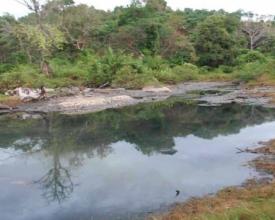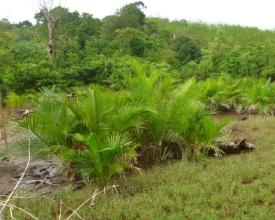
Community-Based Ecological Mangrove Restoration (CBEMR)
This solution addresses the problem of abandoned shrimp ponds and degraded mangroves in coastal Asia by restoring healthy, bio-diverse mangroves at low cost and with community stewardship to sustain fishers’ and resource users’ livelihoods, and to benefit the environment.
Context
Challenges addressed
unproductive former mangroves, natural disaster risks, and degraded community fisheries The boom and bust history of shrimp aquaculture industry left behind an estimated 400,000 ha worldwide of abandoned shrimp ponds which were once mangroves. The solution aims to restore these barren, unproductive zones into healthy mangrove ecosystems which act as bio-shields to protect communities’ from natural disasters, sustain their fisheries livelihoods and benefit the environment.
Location
Process
Summary of the process
The building blocks represent a step-by-step approach to successfully achieve the solution. Community-based planning of mangrove restoration (Building block 1) is the necessary precondition to fully commit the community and the basis to start collection of historical and ecological background information (Building block 2). These results feed into site suitability assessment (Building block 3) providing specific and complementary information and leading to the final restoration site selection and natural restoration implementation (Building block 4). Monitoring is conducted to assess whether objectives are being achieved and to identify problems which need to be addressed (Building block 5). Community commitment, and support from the respective government agencies and an NGO are essential to achieve any of the building blocks; thus, we call our solution community-based ecological mangrove restoration.
Building Blocks
Community awareness, participation and stewardship
Enabling factors
Lesson learned
Historical and ecological background information collection
Enabling factors
Lesson learned
Site suitability assessment
Enabling factors
Lesson learned
Customized mangrove restoration
Enabling factors
Lesson learned
Long-term monitoring
Enabling factors
Lesson learned
Impacts
The solution has a high and long-term success rate in recovering natural mangrove biodiversity as every species grows in its proper natural habitat. The program works at restoring natural hydrology or water flows, and thus greatly increases the overall success rate for regenerating large areas of degraded mangrove forests. In the Tale Nok project, after 3 years, 9 mangrove species and associates were growing in the pond; the mangrove forest make-up will be much closer to the original forest than if the site was planted. Strong community participation during the project ensures stewardship of the restored site and thus site protection from encroachment or degradation. Depending on the restoration period, the project may create fishing opportunities, including use of old shrimp ponds, shellfish and crab mud collection, as well as Nya palm frond, poles and wood cutting.
Beneficiaries
coastal communities, fishers, farmers, and resource users


